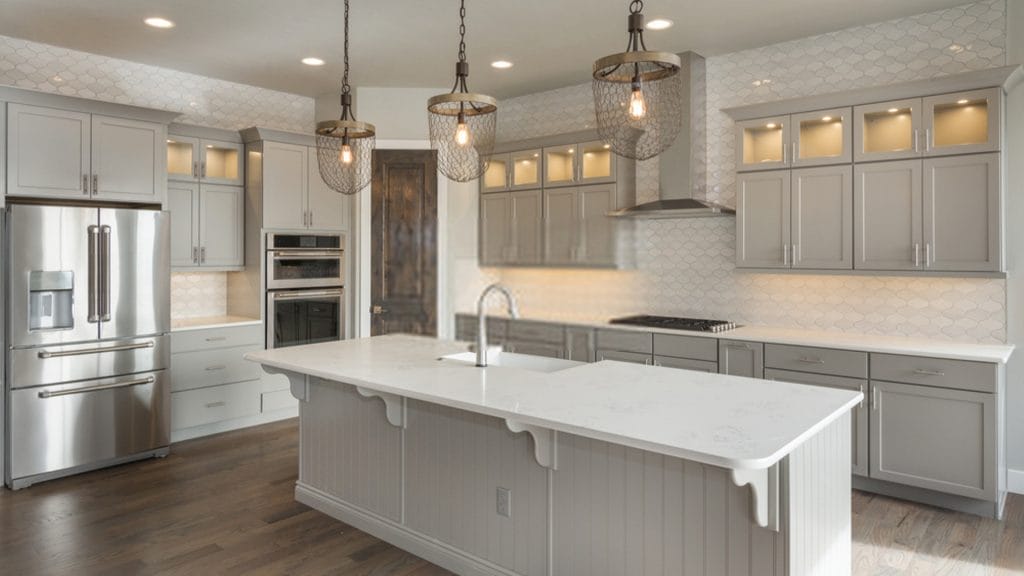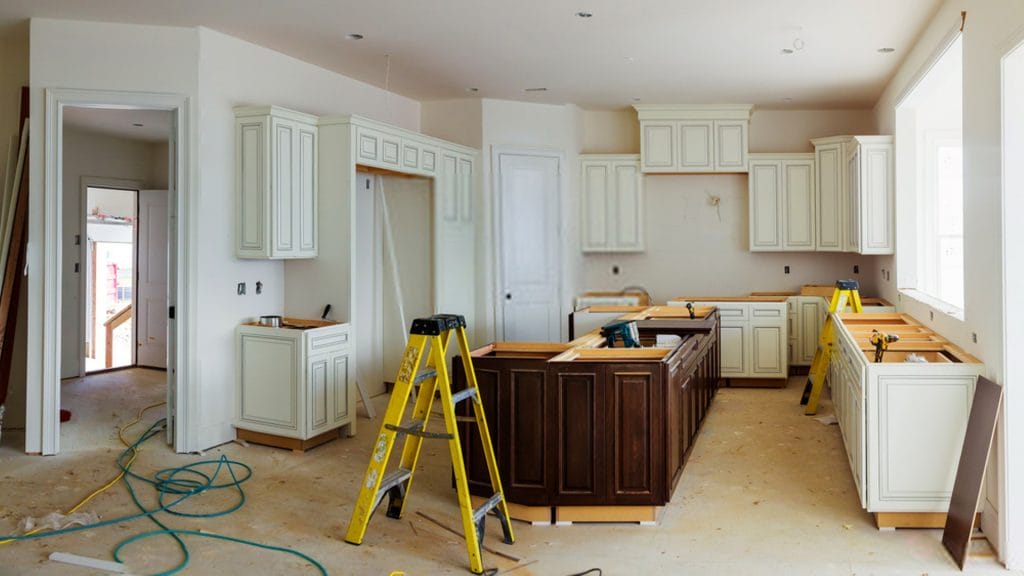If you have decided to remodel your Maryland or Washington, DC, home, you have probably considered using a design-build firm. Design-build is a concept that puts both the design elements of a project together with the construction elements under one roof. Instead of hiring a designer and an architect separately from the contractor, they are usually part of the same company, and each has a role to play in the jobs they take on.
One-Stop-Shop Convenience
Essentially, design-build is a one-stop-shop for all of your remodeling and renovation needs. The firm handles every aspect of the project from concept to completion, either with designers and others they already have on staff or by hiring subcontractors to augment their services.
The work is carefully planned, and every stakeholder is brought into the conversation right from the start. This may include architects, engineers, electricians, plumbers, designers – whatever skills and insights are needed to get the job done. The advantage of this is that if there are any foreseeable problems, they can be addressed before the work begins. This helps you avoid delays and costly changes to your plans.
 Working With A Design-Build Firm: Pros And Cons
Working With A Design-Build Firm: Pros And Cons
One of the biggest advantages of working with a design-build firm is that all of the communication is consolidated into a single point of contact. This means you will usually only have to deal with one person for the duration of the work, simplifying the process considerably and giving you peace of mind.
You will also know precisely what your timelines and budgets are before the work begins. This allows you to plan around the work to be done, minimizing the disruption to your daily life.
The design-build process also lowers risk from several standpoints. For example, the designers and the contractors will likely have worked together on multiple projects before they begin yours. They already have a good working relationship and will find it easy to agree on certain aspects of the project. Conflict is minimized and cooperation is emphasized.
A design-build approach is often much faster than a more traditional design-bid-build workflow. One process flows into the next, and changes can be made very quickly when needed. Since your builder, the architect, and the designer are already working together on the project, problems are anticipated well in advance. When a process requires alterations, it is usually an easy task to sort it out.
Finally, design-build is often less expensive when it’s all said and done. Part of the process is looking at your wishlist, understanding your priorities, and value-engineering certain aspects of the remodel, if needed, to deliver on the things you most want.
Planning For The Unexpected
For example, a design-bid-build quote may come in a little lower, but if your builders removed a wall and found some surprises they weren’t expecting, the work would have to stop while a sub-contractor is brought in to address the issue. This could add a significant amount to your budget and may force you to compromise on some of the features or finishes you wanted.
In a design-build scenario, there would be an extra cushion for surprises like this, and the delays would be minimal. In the end, even if it did eat into your buffer a bit, there would be provisions in place for value engineering based on decisions you have already made in the early phases of planning.
 Drawbacks Of Design-Build
Drawbacks Of Design-Build
The disadvantages of design-build usually revolve around objectivity. Since all decisions are made under one umbrella, there may not be objective oversight if there is a problem or conflict to be overcome. Once you have entered into an agreement with the firm, you are in it together until the project is completed.
You will also have less of a say over who you work with in terms of subcontractors. For example, if you wanted to be more hands-on with the project and bring in a cabinet maker you like, or a kitchen designer you want to work with, this may not be possible in the scope of the design-build workflow. Ultimately, this is probably the biggest caveat. So, if you are the type of person who wants to be more involved with your remodel, design-build may not be the best solution for you.
However, if you want the simplicity and efficiency of working with a single company that will oversee every aspect of the project from start to finish, design-build is a huge advantage.
If you would like to learn more about our design-build process, reach out today to schedule a conversation.



 Drawbacks Of Design-Build
Drawbacks Of Design-Build 

